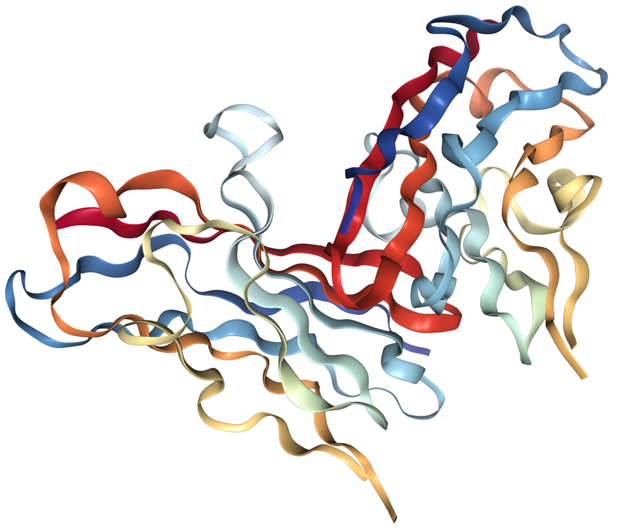If confirmed, finding could explain ability of HHV-6B to infect salivary, liver and neural cells.
It is well established that HHV-6B infects T-lymphocytes primarily via the CD134 receptor. A recent study sudy (Rossen 2022) also demonstrated the ability of HHV-6B to infect T cells using the CD46 receptor, when the T cell has the C1 isoform. However, HHV-6B antigen and nucleic acid have been demonstrated in other cells that do not express the CD134 receptor, such as salivary, liver and neural cells.

Figure F - Number of HHV-6B antigen-positive cells in the HSY parotid gland cell line and in CD134-membrane unanchored parotid gland cell lines (ex6 C7) with several different nectin-2 knockouts (ex6 C7-nec2-KO1, 2, 3)
A team led by Masao Yamada of Okayama University in Japan conducted various experiments to identify another receptor that might explain the ability of the virus to infect cells other than T lymphocytes. Experiments indicated that the nectin-2 receptor, a Ca2+-independent Ig-like molecule, was used by HHV-6B in these cells. Specifically, the experiments indicated that:
- HHV-6B could infect a CD134-membrane unanchored parotid gland cell line, HSY
- Nectin-2 interacts with HHV-6B gB envelope glycoprotein
- Nectin-2 knockouts resulted in a significantly reduced fraction of HHV-6 antigen-positive cells compared to controls (parent cells) (see Figure, below)
- Nectin-2 acted as a receptor for both the HST and Z29 strains of HHV-6B
The study suggests that while CD134 is indisputably the primary receptor mediating entry of HHV-6B into T lymphocytes, the nectin-2 receptor may be important for viral entry into other cell types.
Read full article: Ogawa 2022

